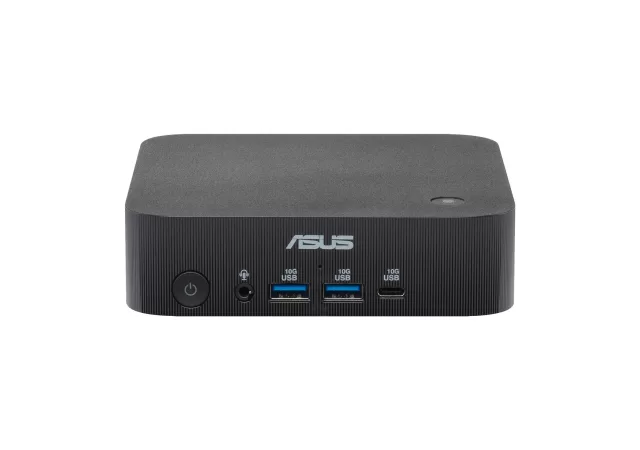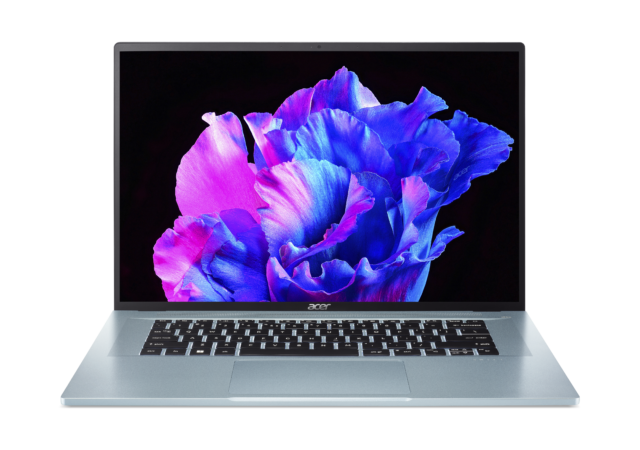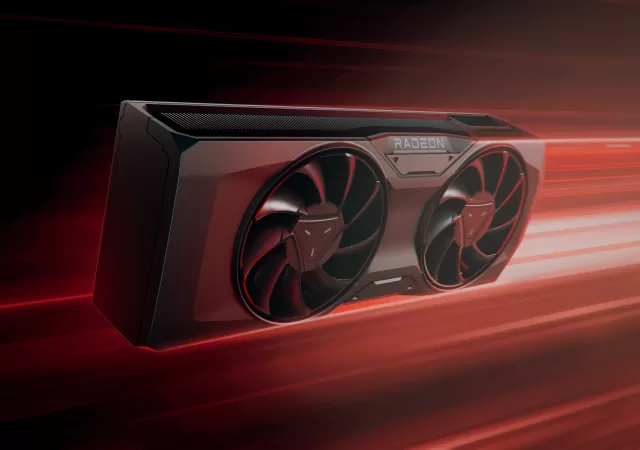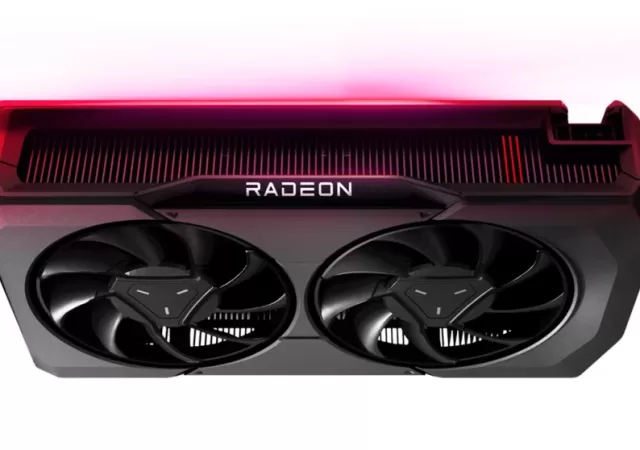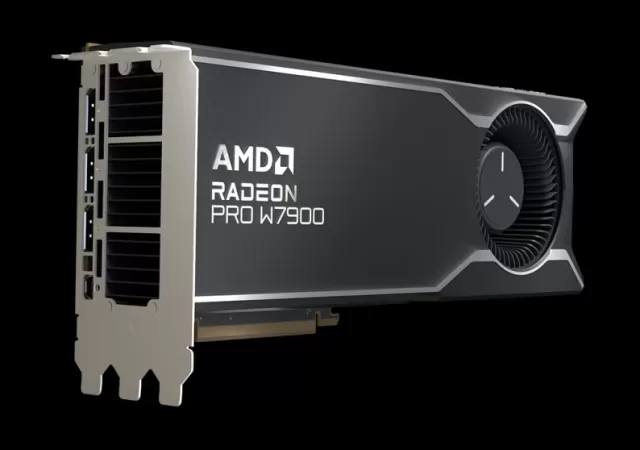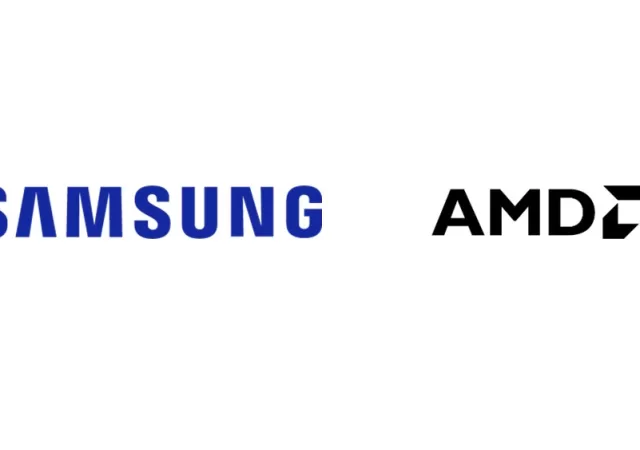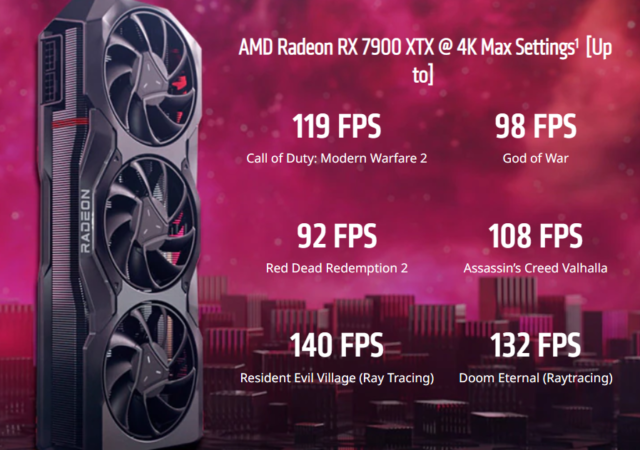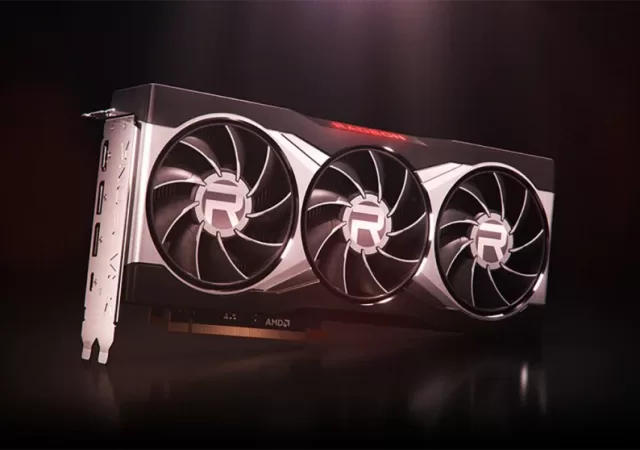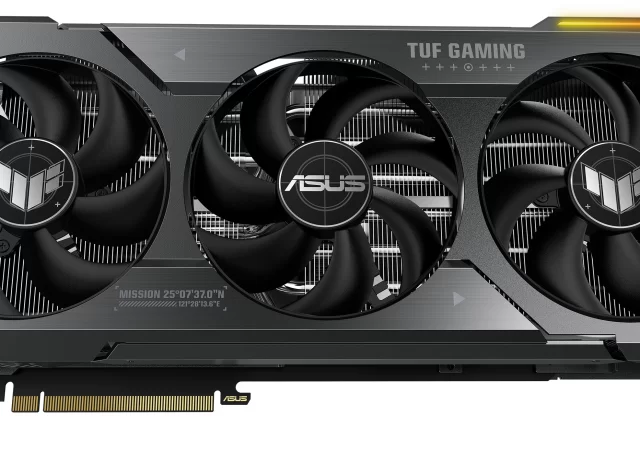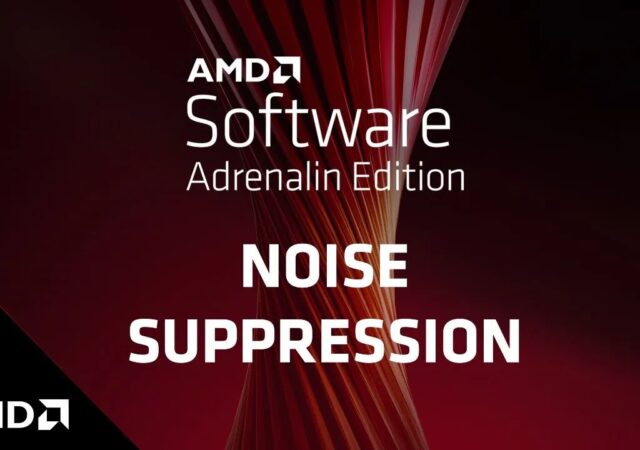The ASUS ExpertCenter PN54-S1 offers compact design and robust performance, ideal for commercial use and multitasking needs.
Acer’s Swift Edge 16 Launches in Malaysia at MYR 3,999 Onward
Acer releasese the latest Swift Edge 16 with AMD’s latest Ryzen 7735U and 16-inch WQUXGA OLED display while only weighing 1.17kg.
AMD Releases the Radeon RX 7700 XT and RX 7800 XT GPUs for Full HD and 1440p Gamers!
AMD introduces the Radeon RX 7800 XT and RX 7700 XT, two new RDNA 3 GPUs made for Full HD And 1440p gaming.
AMD’s Radeon RX 7600 is Here! 1080p Gamers, Rejoice!
AMD has released their new Full HD gaming champion, the Radeon RX 7600 with RDNA 3, improved upscaling, and ray tracing engines for US$ 269.
AMD Launches Most Powerful Radeon PRO W7000 Series GPUs for the Professionals
AMD launches their latest Radeon PRO W7000 series with the Radeon PRO W7800 and Radeon PRO W7900 workstation GPUs with RDNA 3.
Samsung and AMD Extends Strategic IP Licensing Agreement – Maybe That New Exynos is Worth a Look After All
Samsung and AMD extends their partnership for the integration of AMD Radeon graphics technology into other portfolios including Exynos
AMD’s rDNA 3 unleashed with Radeon RX 7900 series
UPDATE 16th November 2022: Both cards are now available at AMD.com and in retail, with the Radeon RX 7900 XTX priced at USD 999 (approx. RM 4420) and Radeon RX 7900 XT at USD 899 (RM 3980). AMD has released…
Raise the Game with AMD graphics card and game bundle offer
AMD offers to improve your gaming experience by offering free games bundled with select graphics cards. From now until 4th February 2023, every purchase of RX6000 series cards at participating retailers will come with up to two games for free.…
The ASUS TUF Gaming Radeon RX 7900 and Radeon RX 7900 XTX Are Here!
AMD just released their latest flagship GPUs, and now ASUS has come up with their own version of TUF Gaming Radeon RX 7900 XT and RX 7900 XTX
AMD’s Adrenalin Now Includes Support for Noise Suppression
AMD releases the latest edition of the AMD Software: Adrenalin Edition 22.7.1 with a new AI Noise Suppression amongst other improvements



